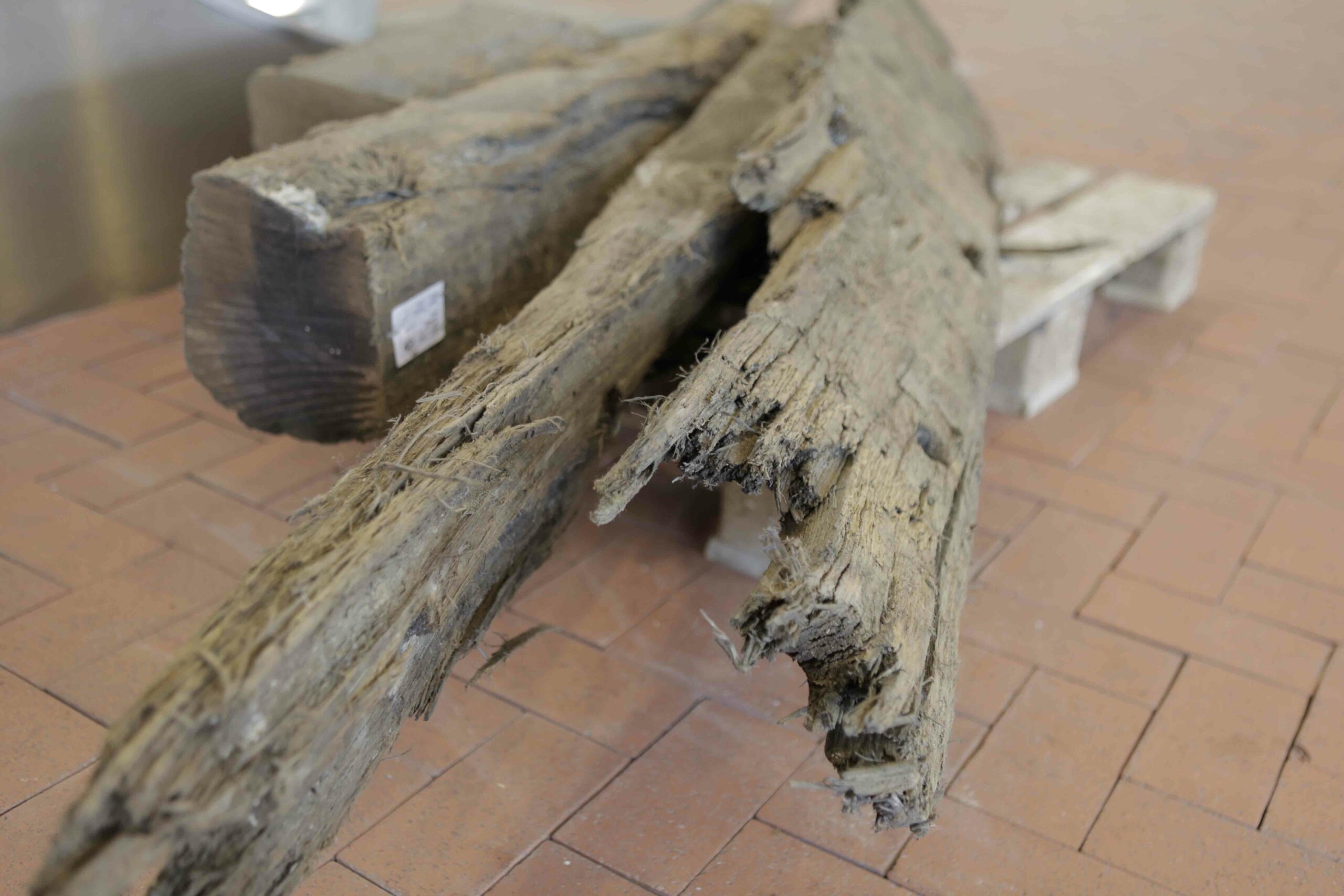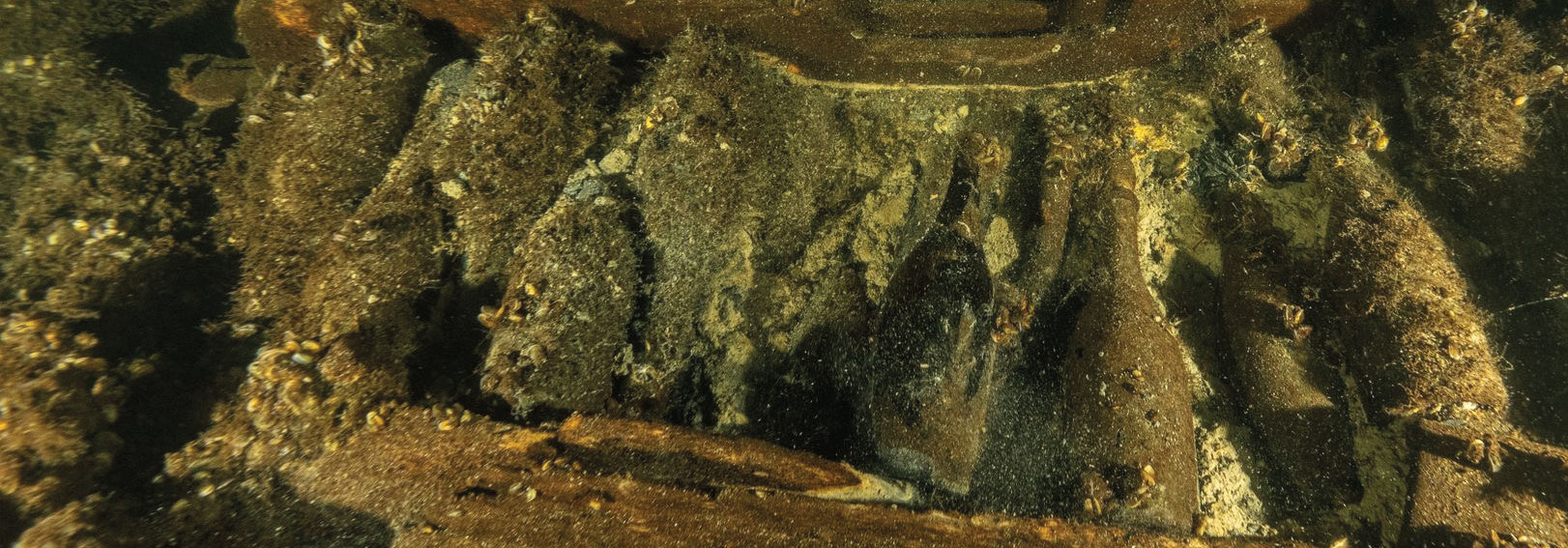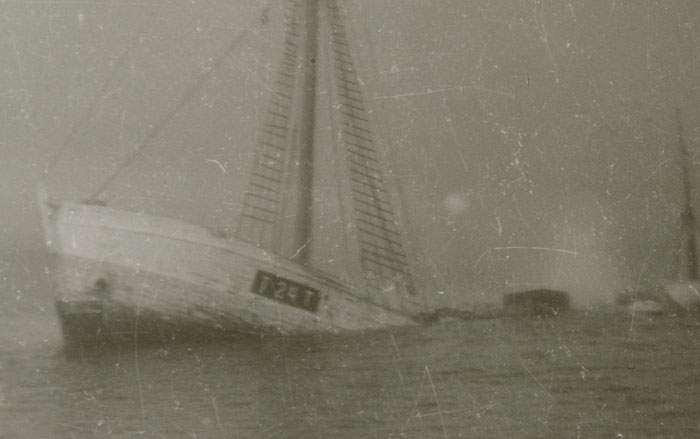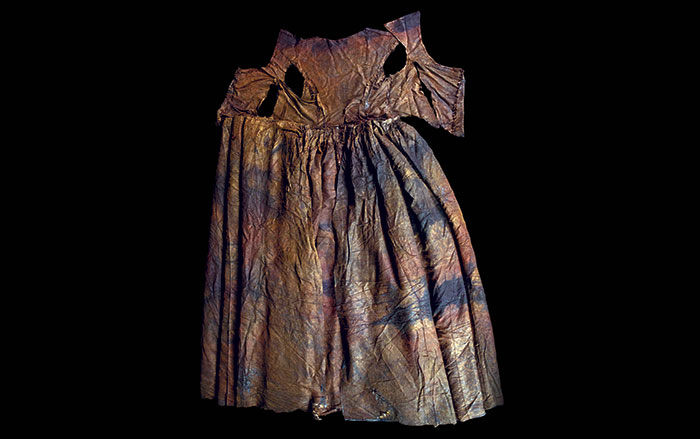

A modern shipping accident off the coast of the Netherlands led to the discovery of a sixteenth-century shipwreck that may provide insight into a transitional period in the history of global exploration and commerce. Salvagers attempting to retrieve 300 shipping containers that had fallen into the North Sea from the merchant ship MSC Zoe during a storm in January 2019 also recovered three wooden planks and 12 timbers from a much older ship’s frame, as well as a cargo of copper plates. Upon examination, the plates were found to bear the crest of the German Fugger family, one of early modern Europe’s wealthiest banking families. Analysis of the wood has established that the ship was built in the late 1530s. The vessel sank sometime before 1545.
Underwater archaeologist Martijn Manders of Leiden University and the Cultural Heritage Agency of the Netherlands says the wreck represents a pivotal moment in Dutch shipbuilding. It is a very early example of the carvel method of building hulls, in which planks are laid flush from edge to edge. This is distinct from the traditional lapstrake method, in which hull planks overlap. According to Manders, this development went on to allow for construction of sturdier three-masted boats with much larger crew and cargo capacities. “It’s a very important ship because 100 years later we’re in the middle of the Dutch Golden Age,” he says, “when three-masted vessels carrying hundreds of people are traveling regularly to the East Indies and the West Indies and circumnavigating the globe.”











